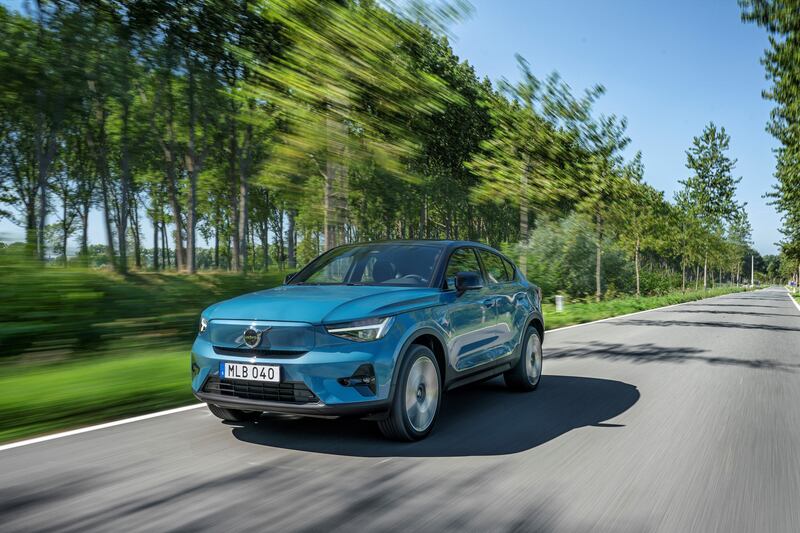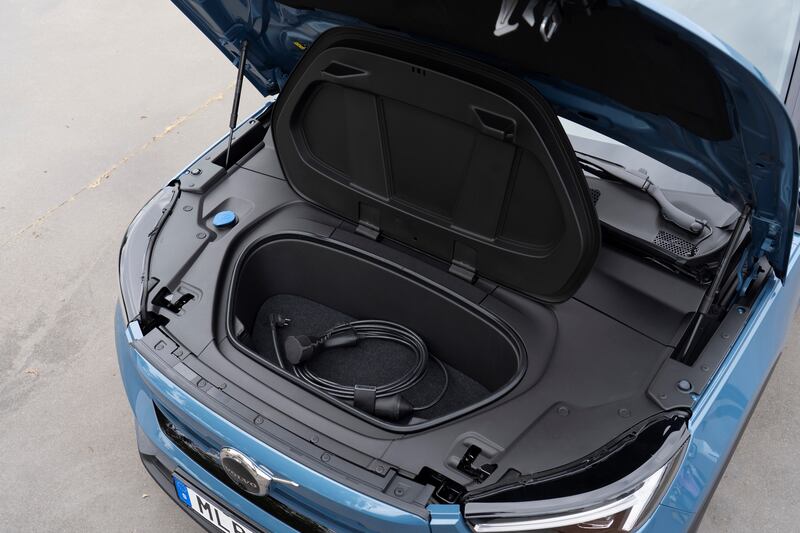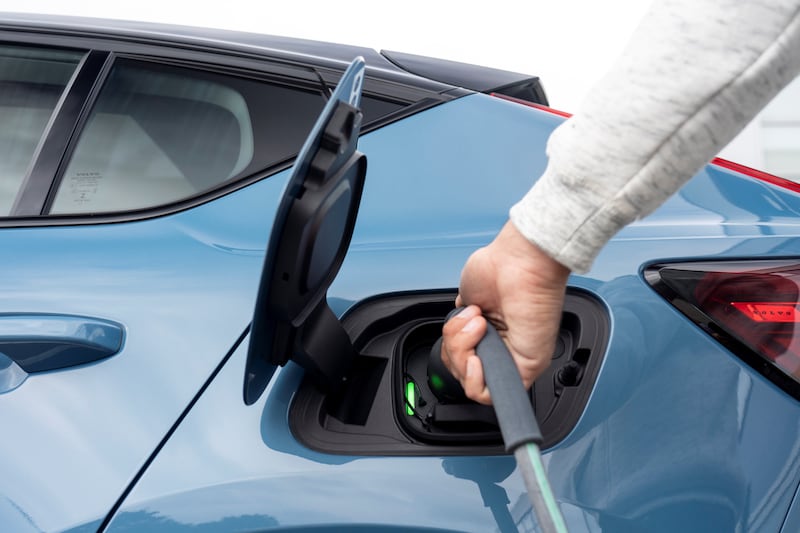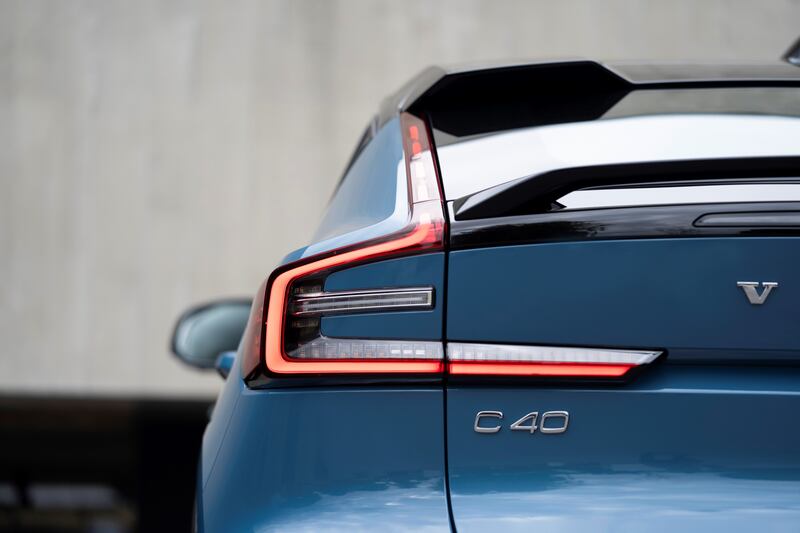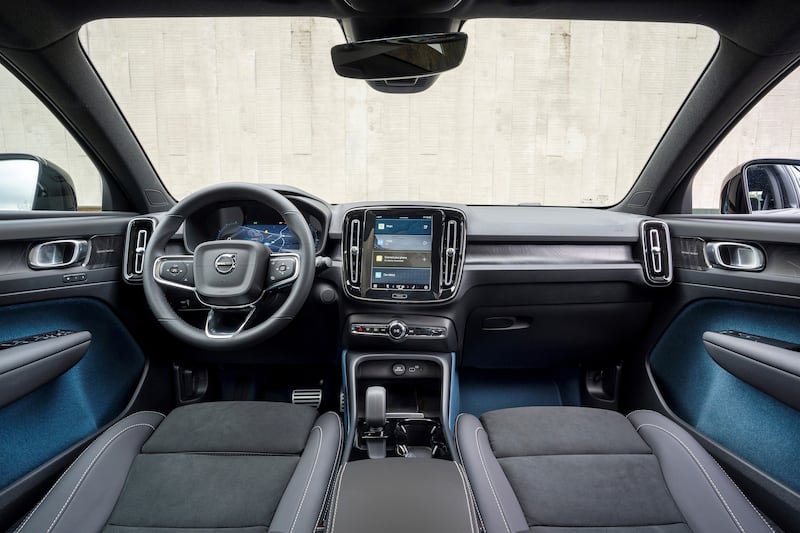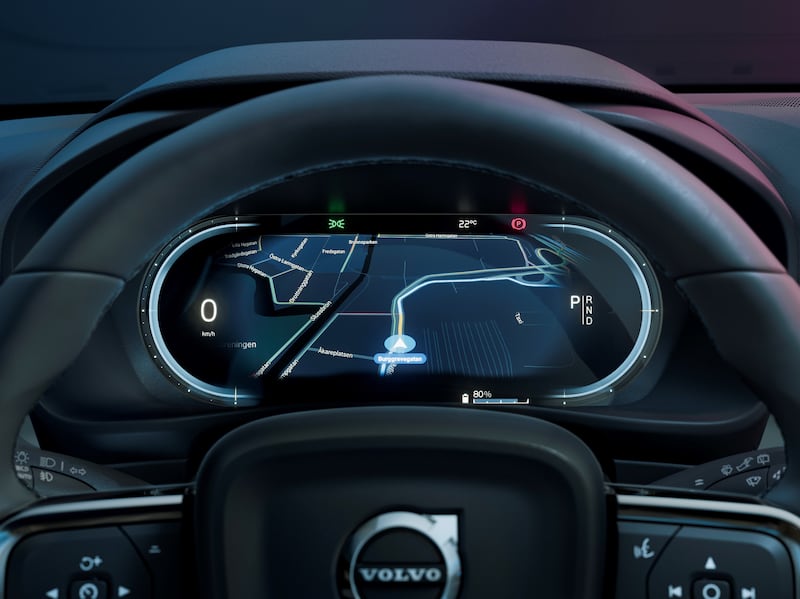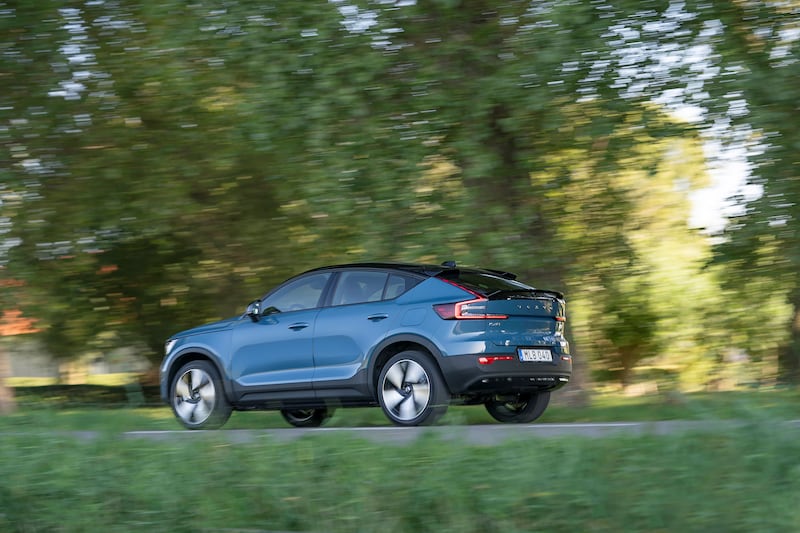Volvo has begun its journey to be a 100 per cent EV car company by 2030 with the launch of its first dedicated battery electric vehicle, the C40 Recharge.
Using the CMA platform shared with Polestar 2, the C40 Recharge won’t be offered with a combustion engine. Therefore, it’s arguably bigger news than its first BEV, the XC40 Recharge, which is an additional model alongside its petrol sibling.
Planning for a future beyond the combustion engine, Volvo expects half its fleet will be fully electric by 2025. Its factory in Ghent, Belgium (which has a capacity to produce 280,000 vehicles) is already primed to churn out 135,000 EVs a year by the end of 2022.
Challenge accepted
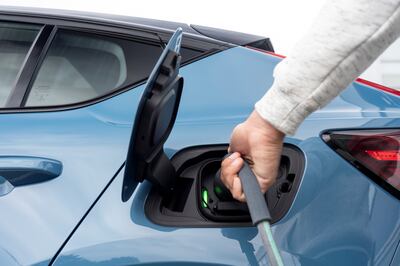
Like all EVs, the C40 is quick by ICE standards, getting to 100 kilometres per hour in 4.5 seconds with a top speed of 180kph. It’s powered by a 78kWh lithium-ion battery pack that feeds two electric motors, one in each axle, for a combined output of 402 brake horsepower and 659Nm of torque. As impressive as its standing start is, the real fun comes from its overtaking punch from 50kph to 100kph and beyond.
Merging on to a motorway instantly entices you to challenge the bigger, brawnier cars around (they lost every time), and gives you supercar-like confidence to merge with the outside lane and silently place a football field between yourself and those who were around you a few seconds earlier.
On a 150kW, DC fast charger, Volvo says the C40 should charge from 10 per cent to 80 per cent in 37 minutes, while flat to 100 per cent will take eight hours on an AC charger with a full charge returning about 440km.
The large grille blank, which includes its badge, is heated to keep the camera and sensors clean, but also identifies this as a BEV as well as being a member of Volvo’s C40 family. The rear features a new take on the tall tail lights that fold into the D-pillars and do a magic light trick on start-up, creating a trippy stairway effect.
In the driver's seat
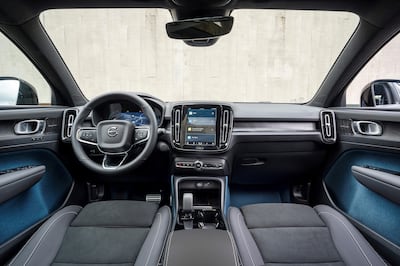
The first thing you notice inside is there’s no start button. To get the C40 Recharge rolling, you press the brake, engage a gear and you’re running. To stop, simply place it in Park, lock the door and walk away.
It’s almost as simple as its one-pedal arrangement, which can be turned off for motorways, but is brilliant in the city and especially in stop/start traffic. Lift off the accelerator and it comes to a complete stop using the regenerative braking to top up the battery. It works at any speed, but for motorway use, it’s best to disengage it so you can coast like a regular ICE car. I brushed the brake pedal maybe three times in two days.
The all-season tyres on The National’s test car are designed to avoid fitting separate summer and winter tyres in Europe, but were noisy, so hopefully, without needing winter tyres in Australia, a quieter substitute for its 20-inch rims can be found.
While the single arc roofline that tapers down over the rear looks smooth and helps its aero efficiency, it hinders rearward vision. The C40 has a naturally high, SUV-like seating position and, while headroom is fine, I found myself adjusting the rear mirror and hunching down to get a clear shot out of the letterbox window behind.
This also affects rear headroom for tall passengers, who are perched on top of two rows of batteries, despite a full-length glass roof adding a few valuable millimetres of head space.
The C40 Recharge is well-appointed, but you won’t find leather anywhere. It uses recycled plastic on the floor and doors, while naturally renewable wool fibres and a combination of suede made of recycled plastic and Microtech material are also used.
Dual-zone automatic climate control is standard, as is heating for the powered front seats, rear seats and steering wheel, along with a 12-inch digital cluster, Harman Kardon premium audio and wireless charging. Initially, the C40 only offers Android, but we’re told Apple CarPlay will be added soon in an over-the-air update.
The 9.0-inch touchscreen infotainment system is powered by Google that works for most applications, but was outfoxed by the many diversions and roadworks encountered en route. Its old Sensus software might have been a bit clunky, but I don’t recall it sending me the wrong way several times.
Pilot Assist adaptive cruise control with stop-and-go, blind-spot monitoring, lane-keeping assist, road sign recognition, a 360-degree camera system and front and rear parking sensors are also standard.
How to get yours
Volvo Middle East hasn’t committed to local pricing or specs yet, but with an options list that pretty much comprises metallic paint only to minimise the online ordered delivery times, it’s fair to say what we drove is what we’ll get.
Perhaps taking a leaf out of Elon Musk’s book, the C40 Recharge is only available to order online in some markets with a minimal refundable deposit. This includes service, warranty, roadside assistance, insurance and home-charging options, while dealers will still keep a car on-site to test.
Customers can speak with consultants online before being directed to a dealer to arrange a test drive, finalise the order and either collect the car or have it delivered to their home or office. It’s expected this method will apply if or when the C40 Recharge lands in the second half of this year.
